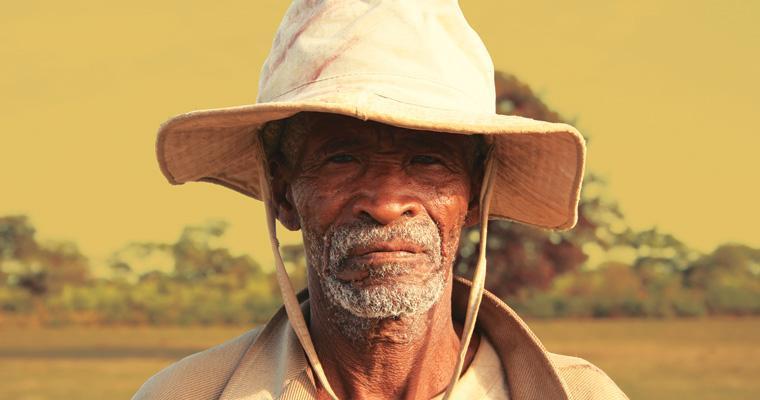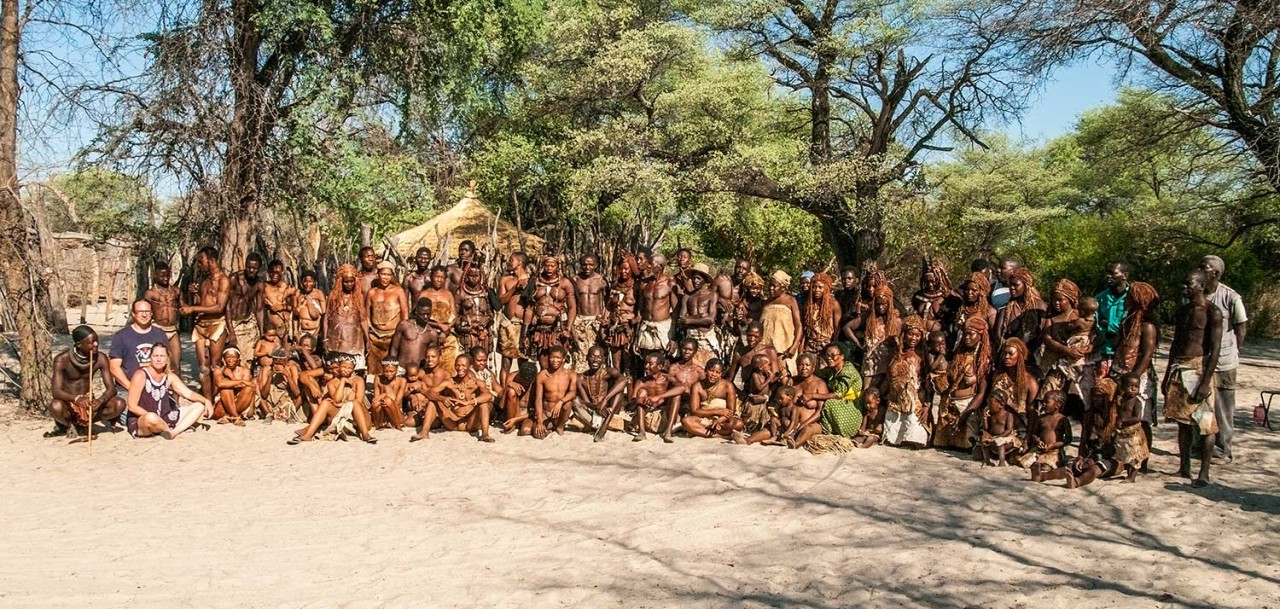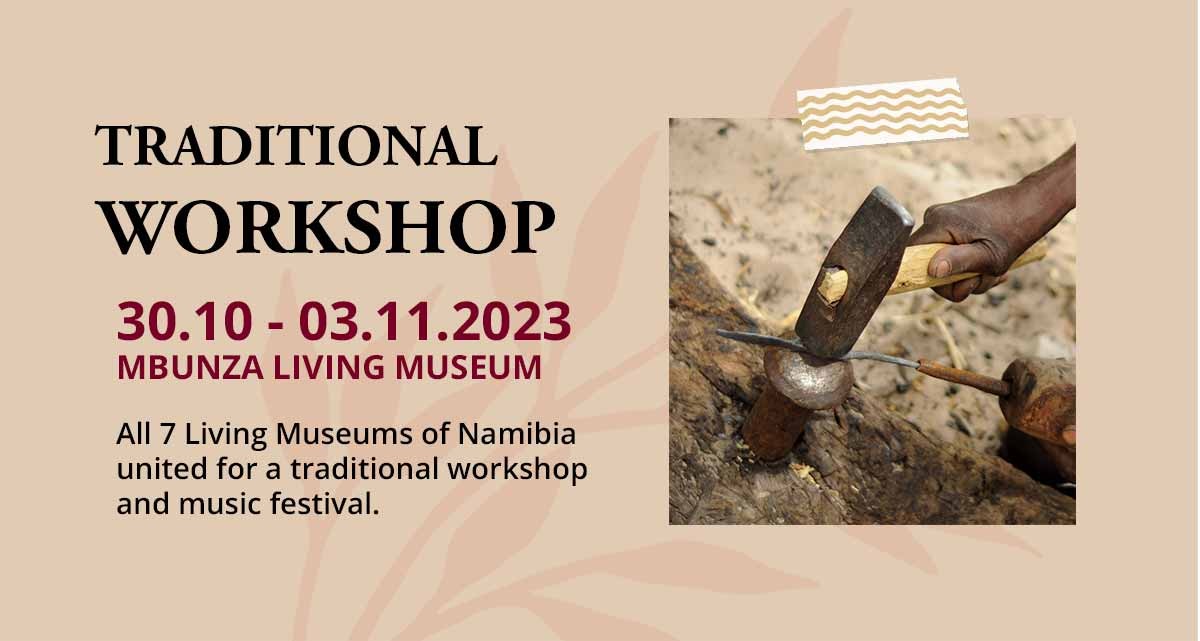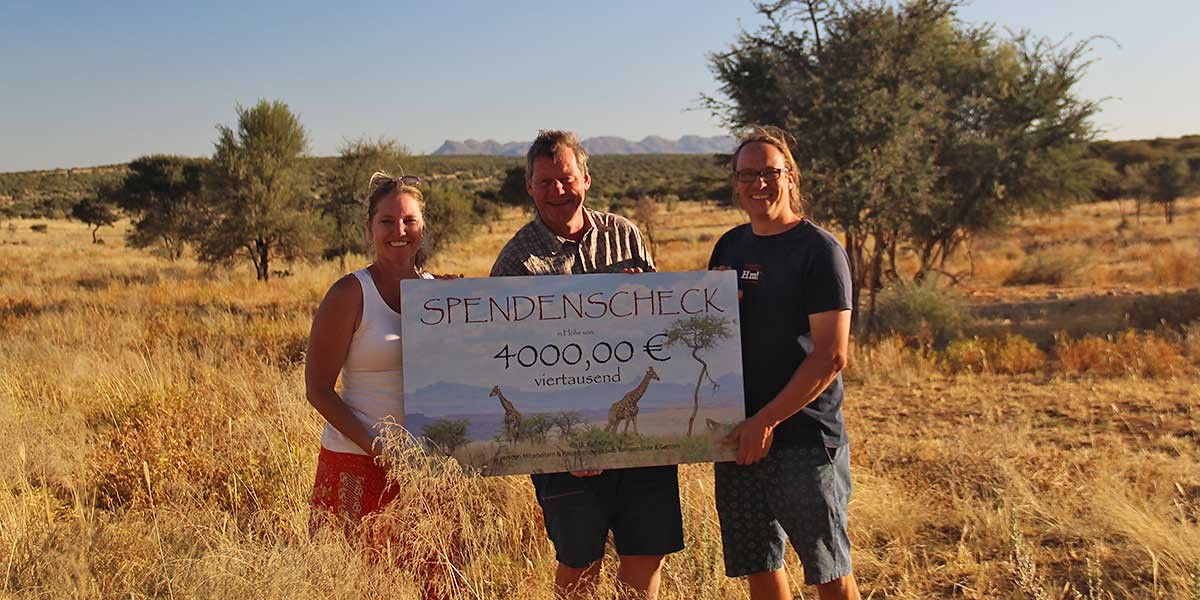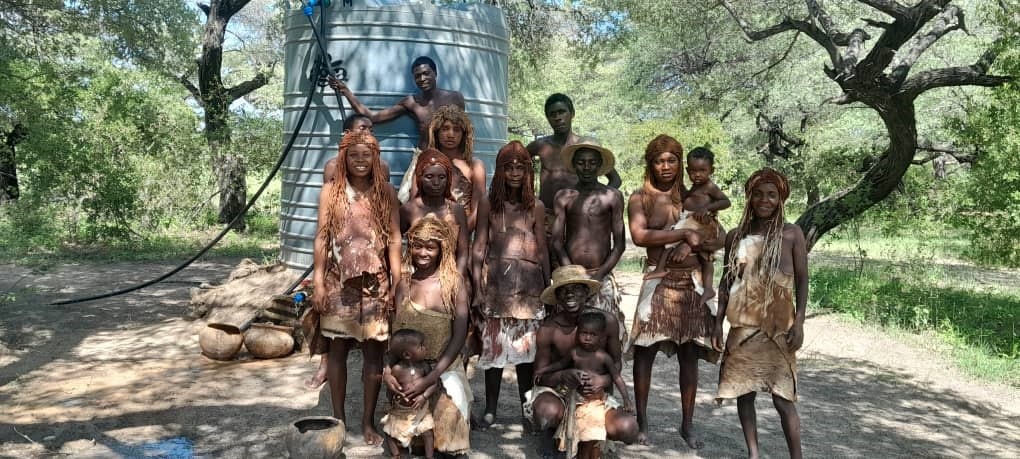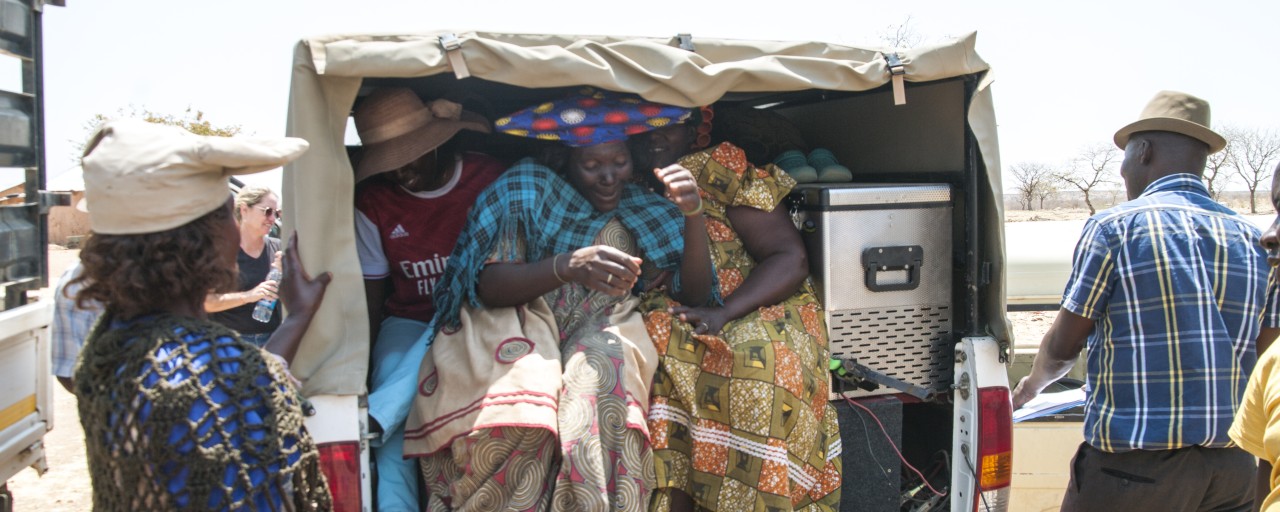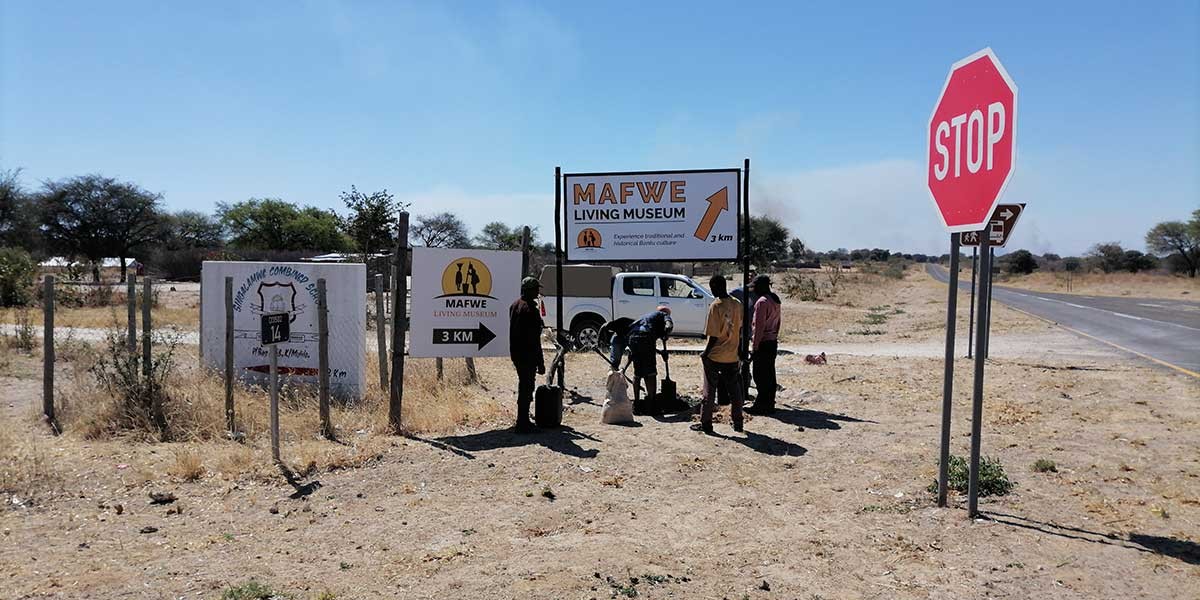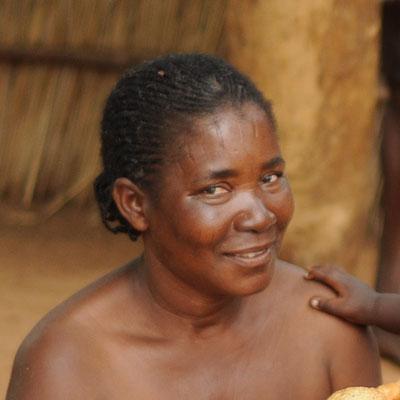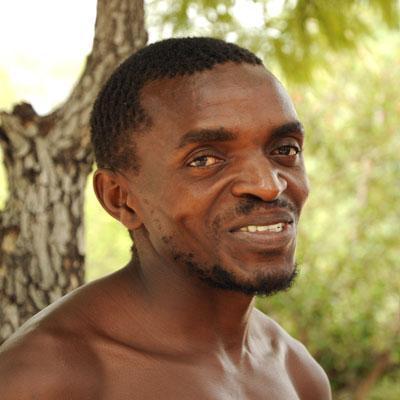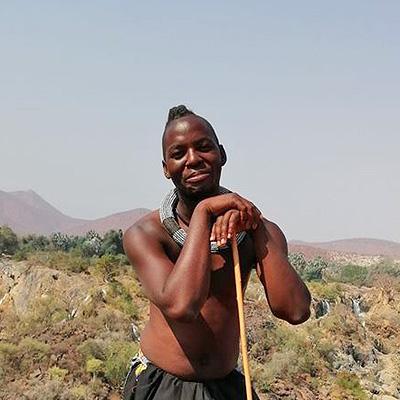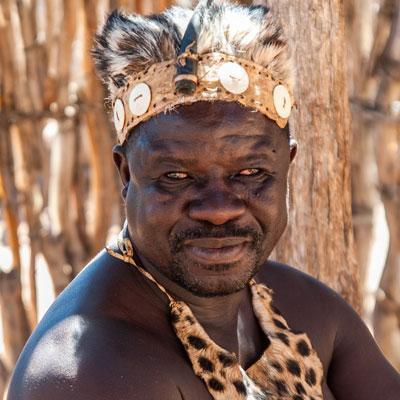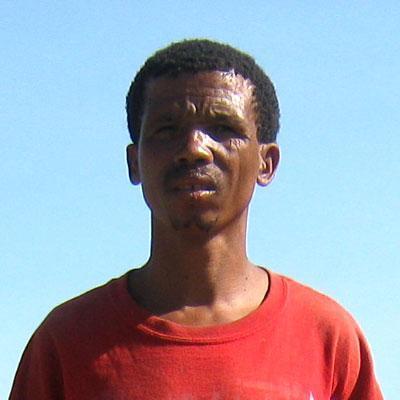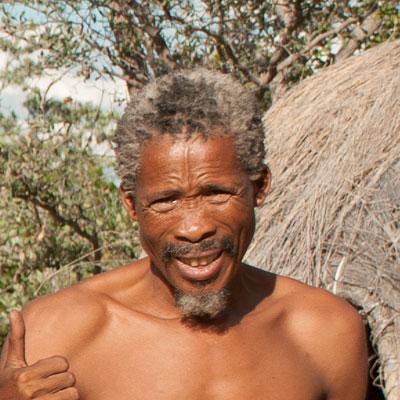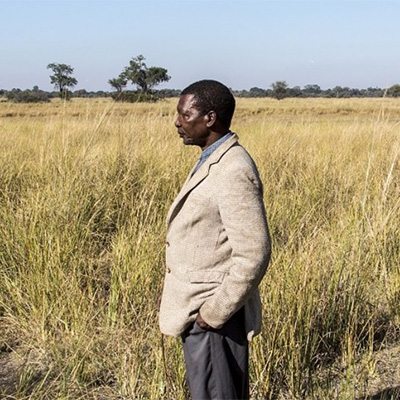5 Living Museums in Namibia
At the end of July 2012 we celebrated the fifth anniversary of the Living Culture Foundation Namibia. Our young organisation of voluntary members has done a lot during these five eventful years. The most obvious result: 5 very differing museums throughout Namibia, which all follow the same goal: To preserve the tradition and culture of the people of Namibia and to pass it on to younger generations.
We would like to take the opportunity of the fifth anniversary to share some information on the idea (philosophy) and on the success of the Living Museums.
1. Some thoughts regarding the concept of the Living Museums
If an old man dies in Africa, a whole library burns to the ground.
An old African proverb states: „If an old man dies in Africa, a whole library burns to the ground”. This proverb refers to the oral nature of the cultures on the African continent. The ancient traditional knowledge has not been written down in books, but is passed on orally from one generation to the next. This knowledge is saved in the cultural memory of the people. Without a circulation within the respective language group this knowledge is forgotten and might be lost for ever.
The loss of the old knowledge
This process is not of theoretic nature, but is practically traceable in many language groups of Namibia. Especially through the process of colonisation and apartheid the disappearance of the own traditions took place to an extent where the cultural identity of some language groups declined. The high unemployment rate and the consequently poor perspectives can result in accumulating social problems.
The Living Museum
The concept of the Living Museum sees itself as an attempt to reverse this process. A Living Museum creates a new perspective. On the one hand an income is generated; on the other hand the ancient knowledge is passed on to younger generations. One can say: the Living Museum acts as data carrier for the old knowledge. The traditional culture that is being forgotten elsewhere is circulated within the Living Museum.
Cultural and ecological sustainability – the Living Museum as cultural and nature conservation project
The people in Namibia that establish a Living Museum with the help of the Living Culture Foundation, create with their own strength and without financial help from outside a sustainable project within the tourism sector of Namibia - so to say from scratch. By making use of traditional and natural resources the conscience for the ecological sustainability is supported. The Living Museums point out to international visitors and to members of their own community that their culture and their natural surrounds are important and worth protecting.
The San for example: The „oldest peoples of man kind“ (titled by Spiegel Online - Jäger und Sammler: San-Kultur soll 44.000 Jahre alt sein - SPIEGEL ONLINE) are hunter-gatherers of the Kalahari. Through the Living Museums they have found a way to protect and preserve their own culture, which centrally focuses on the interaction between men and nature. It is the Living Museum that gives this aspect the necessary respect, at least for the San themselves, who through the enormous interest of visitors for their traditions, were able to develop a healthy self-respect again. Within the Living Museum nature as such is not protected but the appreciation of nature, the feeling for a just handling of natural resources and especially the understanding of the dependency of mankind on nature.
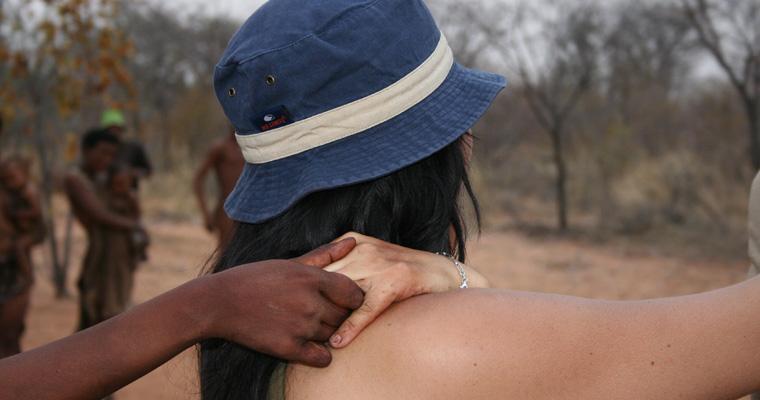 Intercultural contact in the Living Museums
Intercultural contact in the Living Museums
2. Facts
The success of our philosophy is hard to measure; the financial success of the Living Museums on the other hand is easy to detect.
- In 2011 170 people found permanent employment in the 5 existing Living Museums.
- About 1500 people are profiting from the museums.
- A total of 10370 guests visited the Living Museums in Namibia in 2011.
- An income of about 1.5 Mio N$ (150.000 €) was generated in 2011.
We hope to grant a small insight into the success of our concept of the Living Museums with the following:
1. The Living Museum of the Ju/’Hoansi
Not the LCFN opened this museum but vice versa: The opening og this museum was the initiation of the founding of the Living Culture Foundation Namibia. The Living Museum of the Ju/’Hoansi was inaugurated in 2004 based on an initiative of our member Werner Pfeifer and has developed into a cultural highlight of Namibia. The main focus lies with getting to know the hunter-gatherer culture of the Kalahari San. On the same level guest have the opportunity to learn how the Ju/‘Hoansi-San traditionally light fire, make tools and weapons, and much, much more.
„... Through the work in the Living Museum my life and the life in the village has changed: today about 75 actors work in our museum. All together about 500 people profit from it and are able to buy food, clothes and soap....” Gau Morres N#amce, Living Museum of the Ju/’Hoansi at Grashoek
An unbelievable 2653 visitors found their way into the Living Museum of the Ju/’Hoansi in 2011. The museum made a direct turnover of 586.659 N$ (nearly 60.000 €), the souvenir shop generated an additional income – also for people not directly involved with the museum – of over 300.000 N$ (about 30.000 Euro) in the same year.
 The Living Museum of the Ju/'Hoansi-San
The Living Museum of the Ju/'Hoansi-San
2. The Living Museum of the Mafwe
Early in 2008, half a year after the formation of the LCFN in Tangermünde (Germany) and Windhoek, we were able to celebrate the opening of the Living Museum of the Mafwe in the Caprivi Strip. In stark contrast to the Ju/‘Hoansi here a Bantu culture is the focus of the museum. The Mafwe concentrate mainly on fishing and agricultural activities but also present traditional dancing ceremonies in their museum situated under huge Baobab trees.
„... The Living Museum is a source of income for our community and preserves the traditional knowledge. The village school sends us kids to learn about the old culture here at the museum and they are fascinated...“ Elisabeth Madima, Living Museum of the Mafwe
21 people, especially older women and their kids and grandchildren work in the Mafwe Museum. The museum received 611 visiors in 2011. The total income generated added up to nearly 100.000 N$ (10.000 €).
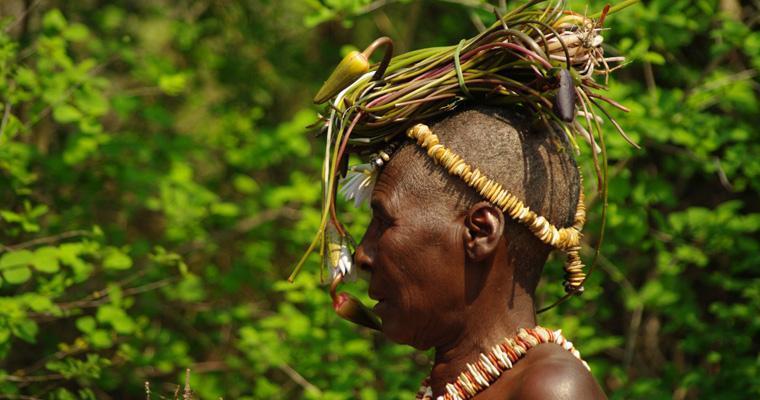 The Living Museum of the Mafwe
The Living Museum of the Mafwe
3. The Living Museum of the Damara
Together with the Bushmen the Damara belong to the oldest nations in Namibia. Their original culture was a mixture of an archaic hunter-gatherer culture and herders of cattle, goats and sheep. Due to their loose social structures the Damara were not able to defend themselves against aggressors during the colonization of Namibia. This is one of the reasons why their culture has to a great extent fallen into oblivion. Within the framework of the Living Museum of the Damara an attempt was made to reconstruct the ‚lost culture’ of the Damara. Here the visitors have the unique opportunity to get to know the fascinating traditional culture of the Damara, thus contributing to the preservation of the culture as well as to a regular income for the Damara community that built the museum.
„... The Toatatide Damara Museum stand for our proudness of our traditional culture that has nearly been completely forgotten. The Living Museum is my lifes dream...“ Hans Bernhard /Naobeh, Living Museum of the Damara
Strategically situated on one of the main touristic routes the Damara Museum has with 6500 guests received the highest number of visitors. 25 Damara work here and had a turnover of 421.715 N$ (Ca 42.000 €) in 2011.
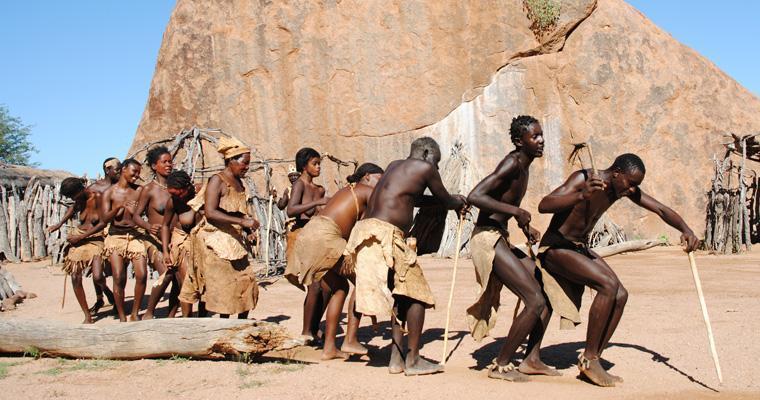 The Living Museum of the Damara
The Living Museum of the Damara
4. The Living Hunter’s Museum of the Ju/’Hoansi
In 2010 the LCFN together with the Ju/’Hoansi opened an independent subsidiary further east in the Tsumkwe region, where the San are still allowed to hunt. Here the traditional bow hunt with poisoned arrows, the digging out of spring hares and porcupines, the snare catching of guinea fowls, khoraans and other birds for the daily hunt for food has never been terminated. The San living in this area are actually the only ones of their cultural group that are officially allowed to still hunt traditionally. Thus they still master the art of reading tracks and are delighted if visitors show special interest herein. The opportunity for visitors to be able to take part in such a hunt is also unique. An English speaking Ju/'Hoansi accompanies the guests and translates everything the hunters are showing and explaining.
„... When the visitors come to see our culture, they learn but our kids learn as well. That is very important for our culture...“
!Gamace N!aici, Living Hunter’s Museum of the Ju/‘Hoansi
Due to the remoteness of the region the Hunter’s Museum will always remain an insider tip and will never be in the position to “handle” the main visitor’s stream to Namibia. Nevertheless the museum received over 400 international guests, including a professional film team in 2011. The turnover of the museum employing about 25 actors accumulated to over 85.000 N$ (8500€).
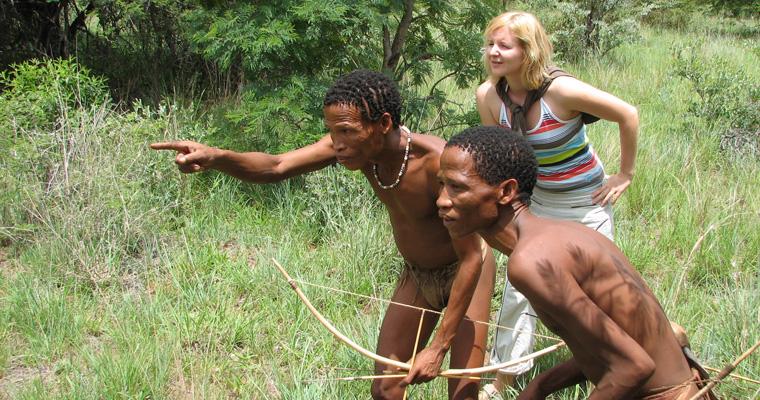 The Little Hunters Museum of the Ju/’Hoansi
The Little Hunters Museum of the Ju/’Hoansi
5. The Living Museum of the Mbunza
After three years of initial building-up work the newest edition to the Living Museums finally opened at the end of October 2011: Mbunza Living Museum. An essential part of the interactive program of the Living Museum is the demonstration (and preservation) of the fishing and land cultivating culture of the Mbunza. The traditional presentation covers everything from everyday life (traditional cuisine, fire making, basket and mat weaving, etc.) to bushwalks and fishing and finally to highly specialised techniques like blacksmithing, pottery and the making of drums.
„...by presenting our historical culture we are able to generate an income and at the same time we are a school for te guests and for our own community....“ Sebron Ruben, Living Museum of the Mbunza
During the last two months of 2011 150 tourists and scholars from Rundu visited the museum with its 25 actors. 9100 N$ (900 €) were generated.
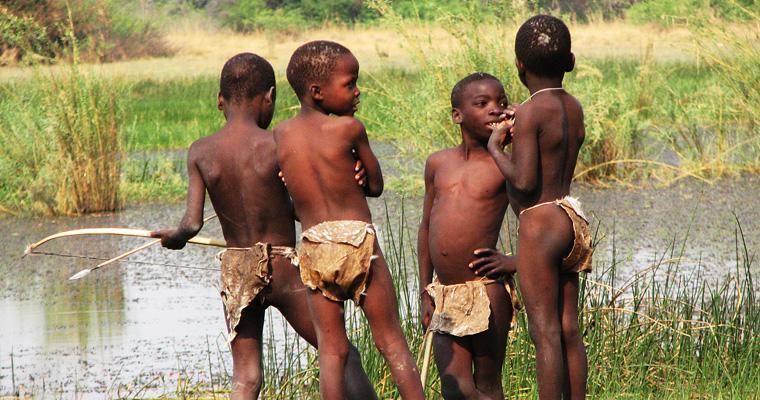 The Living Museum of the Mbunza
The Living Museum of the Mbunza










